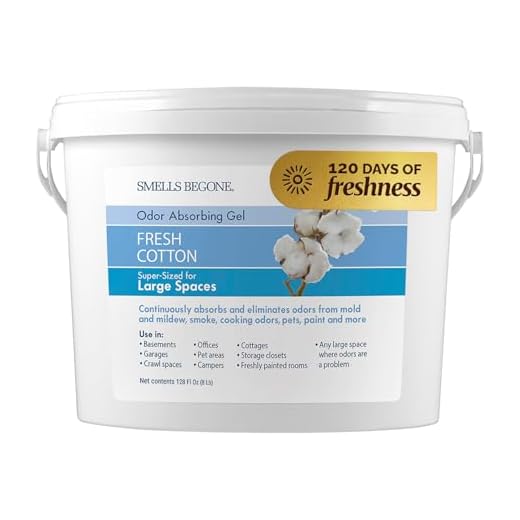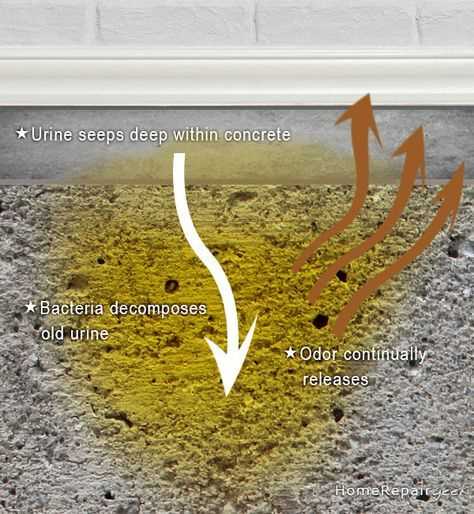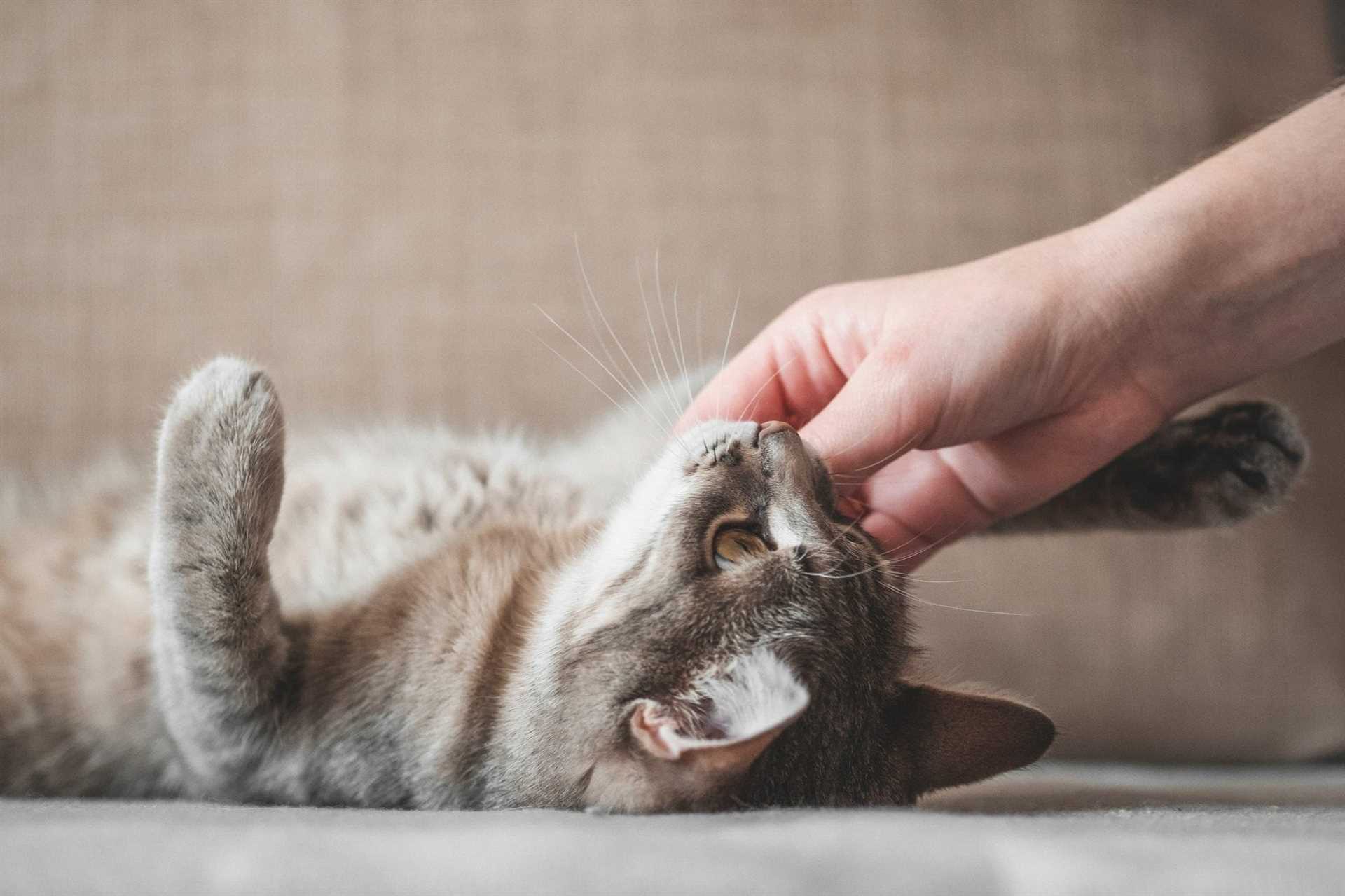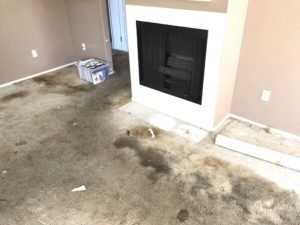



Mix equal parts of white vinegar and water in a spray bottle. Apply generously to the affected area and let it sit for about 10 to 15 minutes. This combination helps neutralize odors effectively.
Next, sprinkle baking soda liberally over the surface after the vinegar solution has dried. Allow it to absorb any lingering scents for several hours, or overnight if possible. Vacuum the area thoroughly afterwards to remove the baking soda.
If the odor persists, consider using an enzymatic cleaner specifically designed for organic stains. These products break down the compounds causing the unpleasant aroma, ensuring a fresher environment.
For persistent issues, a mixture of hydrogen peroxide and dish soap can be applied. Use a ratio of 2:1 for more potency, scrubbing gently with a brush. Rinse the area with water to remove any residue, and repeat if necessary.
Identify the Source of the Odor
First, locate the exact spot where the scent lingers. Use your nose to guide you; the strongest odor usually indicates the source. If necessary, check areas where I might have marked my territory or where accidents could have happened.
Next, consider the possibility of multiple spots. Sometimes, it’s not just one area but rather a combination of places. Use a blacklight in a dark room to reveal any hidden stains that aren’t visible during the day.
After identifying potential locations, mark them with tape or chalk. This way, you’ll know where to focus your cleaning efforts. Remember, addressing all affected areas is crucial for complete odor removal.
Lastly, if the scent persists despite cleaning, revisit the areas. Sometimes, deeper cleaning is required to eliminate any residues that may have seeped into the surface.
Gather Necessary Cleaning Supplies
First, gather white vinegar, baking soda, and an enzyme cleaner designed for pet odors. These items work effectively to neutralize unwanted scents.
Required Tools

- Spray bottle for mixing solutions
- Bucket for larger areas
- Stiff-bristled brush to scrub
- Absorbent cloths or paper towels for blotting
Optional Supplies
- Steam cleaner for deeper sanitation
- Protective gloves to keep hands clean
- Fan to speed up drying process
With these supplies ready, tackling the issue becomes much simpler, ensuring an effective cleaning experience.
Apply an Enzymatic Cleaner
For those stubborn odors lingering in the surface, using an enzymatic cleaner is your best bet. These cleaners contain specific enzymes that break down the organic compounds found in waste, effectively neutralizing the unwanted aroma.
Choosing the Right Product
Select a product specifically formulated for hard surfaces, as they penetrate deeply and target the source of the issue. Read reviews and ensure that the cleaner is safe for your environment. Some options even include beneficial microorganisms that can assist in maintaining cleanliness in areas prone to similar issues. Check out reviews on probiotics for cats with kidney disease for insights on how these products can help maintain a healthy space.
Application Process
Apply the enzymatic cleaner generously to the affected area, ensuring it saturates the surface. Allow it to sit for the recommended time, usually at least 10-15 minutes, to give the enzymes time to work. Afterward, blot the area with a clean cloth to absorb any excess cleaner and residue. For deeper cleaning, consider scrubbing lightly with a brush. Rinse the area with water and allow it to air dry to complete the process. For those curious about the digestion of proteins, you can explore where does protein digestion end for more information.
Use Baking Soda for Odor Absorption

Sprinkling baking soda directly on the affected area is a simple yet powerful method. Make sure the surface is dry before applying.
Evenly coat the entire spot with a generous layer. Allow it to sit for several hours, or ideally overnight, to absorb lingering odors effectively.
After the waiting period, vacuum up the baking soda. This will help lift away any trapped unpleasant scents.
For extra freshness, consider combining baking soda with a few drops of essential oil, like lavender or lemon. This will not only neutralize odors but also leave a pleasant fragrance.
Repeat this process as necessary until the unwanted aroma is completely gone. Remember, persistence is key!
Seal the Concrete After Cleaning
Once the area is thoroughly cleaned, applying a sealant is essential. Choose a high-quality penetrating concrete sealer specifically designed for porous surfaces. This will create a barrier that prevents future absorption of unpleasant odors.
Ensure the surface is completely dry before starting the sealing process. Follow the manufacturer’s instructions for application. Use a roller or sprayer for even coverage, applying a thin layer to avoid puddles.
Allow the sealant to cure fully, which may take a few days. This step not only protects against future stains but also helps maintain the integrity of the surface.
Reapply the sealant every few years to ensure continued protection, keeping your space fresh and odor-free.
Prevent Future Accidents with Training Tips

Establish a consistent litter box routine. Make sure it’s always clean and accessible. I prefer my box to be in a quiet spot away from noise and hustle. Change the litter regularly to keep it fresh.
Positive reinforcement works wonders. Reward me with treats or affection when I use the box correctly. This encourages good habits and strengthens our bond.
Understand My Signals
Pay attention to my behavior. If I start sniffing around or looking for a spot to squat, I might need to go. Intervene quickly by guiding me to the litter box. Catching me in the act helps reinforce the right place to relieve myself.
Limit Stress Factors
Create a calm environment. Loud noises, new pets, or changes in routine can cause anxiety, leading to accidents. Provide cozy spaces and safe zones where I can retreat and relax.








